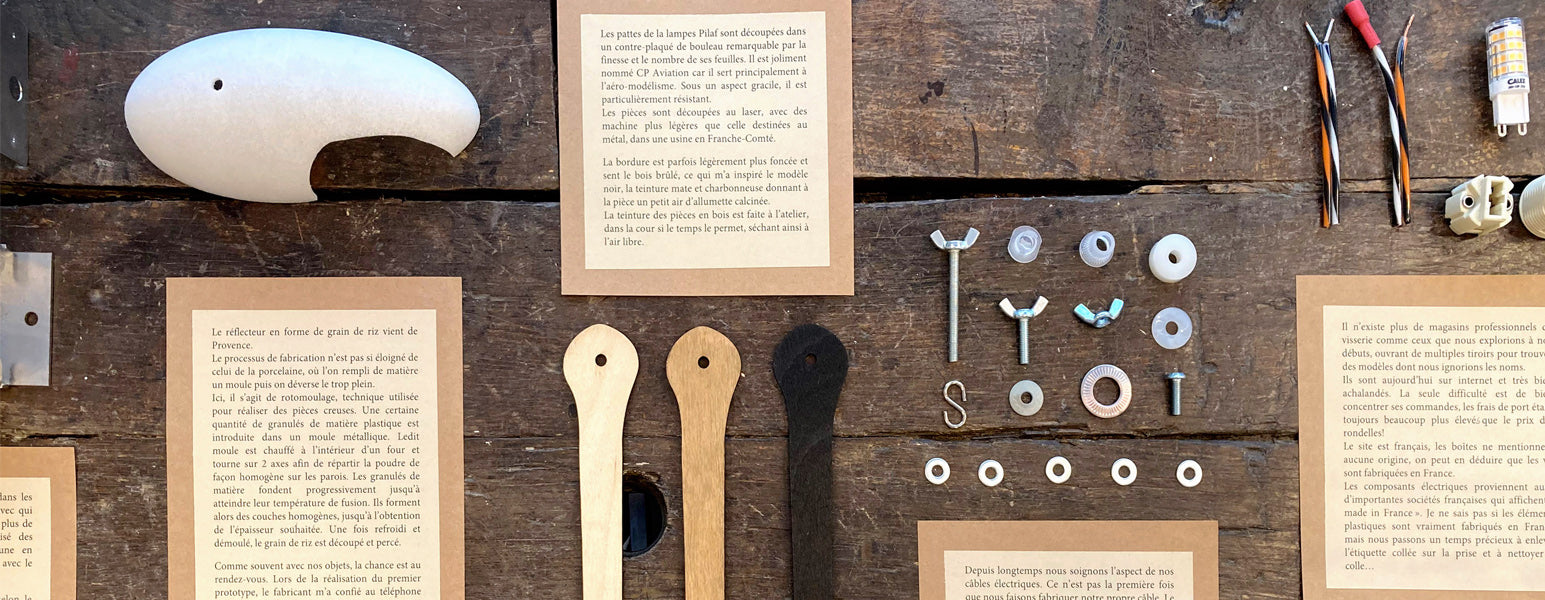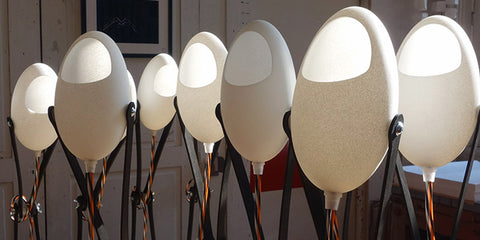Exemplary Manufacturing: The Pilaf Lamp
•Posted on September 10 2022


The metal parts are manufactured in Yvelines by a sheet metal company with whom we started working more than 20 years ago. In 2001, the father had achieved feats with the Clock of Fortune in aluminum lace. We continue with the son who took over and modernized the company.
The Pilaf pieces are cut using the process known as “Light Amplification by Stimulated Emission of Radiation”.
They have therefore been LASER cut! It was first necessary to excite a gas (or a solid) to obtain photons. These were placed in a resonator. The photons then excited each other - a bit like children. Finally the light amplified until the creation of a beam of energy capable of cutting metal with incomparable precision and flexibility. It should be added that the programming made it possible to optimize the use of the surface of the plates, thus minimizing the losses of material.
Rolled and bent in traditional sheet metal, the parts are in stainless steel, lightly brushed.

The rice grain-shaped reflector comes from Provence. The manufacturing process is not so far from that of porcelain, where a mold is filled with material and then the overflow is poured out. Here it is rotational molding, a technique used to make hollow parts. A certain quantity of plastic granules is introduced into a metal mould. Said mold is heated inside an oven and rotates on 2 axes in order to distribute the powder evenly on the walls. The material granules gradually melt until they reach their melting point. They then form successive homogeneous layers, until the desired thickness is obtained. Once cooled and removed from the mold, the grain of rice is cut and pierced.
As often with our objects, luck is at the rendezvous. When making the first prototype, the manufacturer told me over the phone that he was not happy with the imperfectly translucent part. And that he was definitely not going to send me such an ugly thing! I insisted on receiving this "dud" - as I often have divergent industrial tastes. In the end, by lighting the lamp, I discovered this marvelous grain of light specific to the Pilaf.


The legs of the Pilaf lamp are cut out of birch plywood remarkable for the finesse and the number of its leaves. It is nicely named CP Aviation because it is mainly used for model aircraft. Under a slender aspect, it is particularly resistant. The parts are laser cut, with lighter machines than those intended for metal, in a factory in Franche-Comté.
The border is sometimes slightly darker and smells of burnt wood, which inspired me for the black model, the matte and charcoal stain giving the piece a little air of a charred match.
The dyeing of the wooden pieces is done in the workshop, in the yard if the weather allows it, thus drying in the open air.

For a long time we take care of the appearance of our electric cables. This is not the first time that we have had our own cable made. The first was kiss red with incomparable brilliance and suppleness. Intended for the Polar lamp, it came to warm its hyperborean atmosphere.
For the Pilaf, we chose to make a cable in separatex, (the 2 cables double insulated and glued) and we gave it a festive look with tricolor twists that evoke marshmallows.
It is an Auvergne company that produces this cable for us - per kilometer. His engineers are quite amused by our antics. It must be said that they are specialists in electrical cables resistant to extreme conditions.

There are no more professional hardware stores like the ones we explored in our early days, opening multiple drawers to find models whose names we did not know.
They are now on the internet and very well stocked. The only difficulty is to concentrate your orders, the shipping costs are always much higher than the price of the washers!
The site is French, the boxes do not mention any origin, we can deduce that the screws are made in France.
The electrical components also come from major French companies that advertise “made in France”. I don't know if the plastic elements are really made in France, but we spend precious time removing the label stuck on the socket and cleaning the glue...


